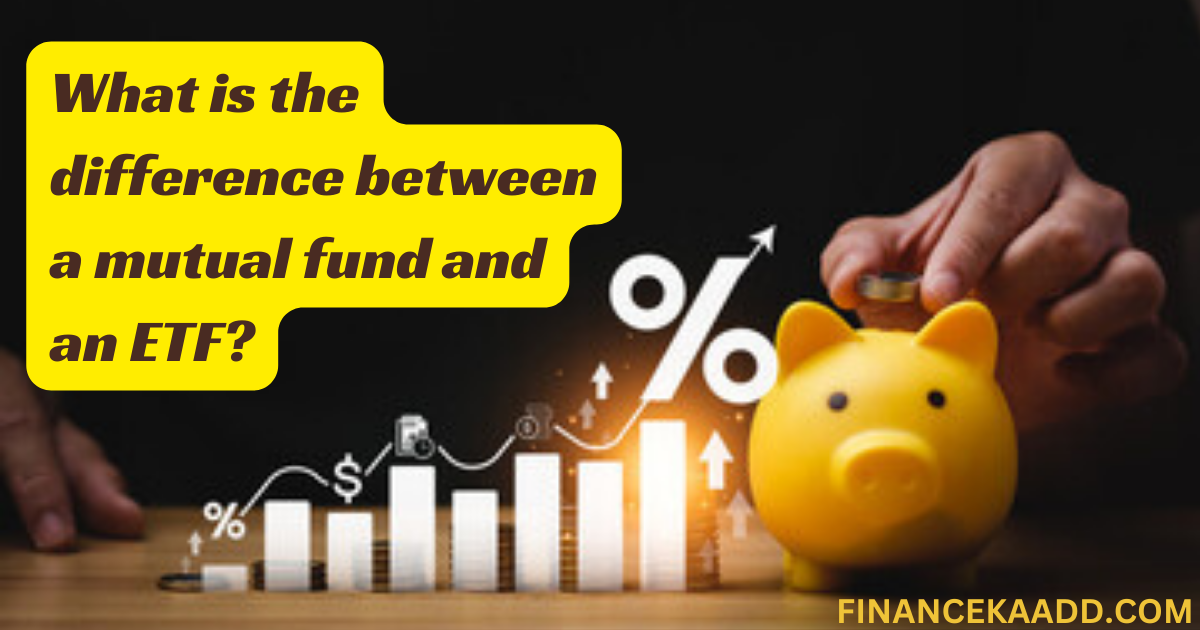Introduction
Understanding Mutual fund schemes that pursue retirement goals
Mid-cap stocks, falling between large-cap and small-cap stocks, offer a unique blend of growth potential and stability. These companies are established enough to weather market fluctuations but still have room for substantial expansion. Investing in mid-caps can be akin to discovering hidden gems—companies with promising growth trajectories that can yield significant returns over time.
Why Do Retirement-Oriented Funds Hunt for Multibaggers?
- Long-Term Horizon: Retirement planning inherently involves a long-term perspective. Fund managers recognize that compounding works wonders over extended periods. Hence, they actively scout for stocks that can multiply manifold over the years.
- Balancing Risk and Reward: While retirement funds prioritize safety, they also need to generate returns that outpace inflation. Mid-cap multibaggers strike a balance between risk and reward, offering the potential for substantial gains without excessive volatility.
- Diversification: Including mid-cap multibaggers diversifies the portfolio, reducing reliance on large-cap stocks. A well-diversified mix ensures stability while capturing growth opportunities.BEST BOOK FOR MUTUAL FUND INVESTING👉BUY NOW
Popular Mid-Cap Multibaggers in Retirement-Oriented Mutual Fund Schemes
Let’s delve into some mid-cap stocks that retirement funds favor:
- Zee Entertainment Enterprises
- Held by 11 retirement-oriented funds, including Tata Retirement Sav Fund and ICICI Pru Retirement Fund-Pure Equity.
- Dixon Technologies (India)
- 10 funds have invested in Dixon Technologies, such as the Nippon India Retirement Fund-Wealth Creation and the Aditya Birla SL Retirement Fund-30.
- Jubilant FoodWorks
- 9 funds hold Jubilant FoodWorks, including Tata Retirement Sav Fund and ICICI Pru Retirement Fund-Hybrid Aggressive.
- Timken India
- 9 funds also invest in Timken India, such as the SBI Retirement Benefit Fund-Aggressive and the Aditya Birla SL Retirement Fund-30.
- The Phoenix Mills
- Eight funds favor The Phoenix Mills, including the SBI Retirement Benefit Fund-Aggressive and the Axis Retirement Savings Fund-Dynamic.
- Hero MotoCorp
- 8 funds hold Hero MotoCorp, including the ICICI Pru Retirement Fund (Pure Equity) and the Axis Retirement Savings Fund (Conservative).
- Endurance Technologies
- Eight funds have invested in Endurance Technologies, such as the SBI Retirement Benefit Fund-Aggressive and Union Retirement.
- Sona BLW Precision Forgings
- Eight funds also favor Sona BLW Precision Forgings, including the SBI Retirement Benefit Fund-Aggressive and the Nippon India Retirement Fund-Wealth Creation.
- HDFC Asset Management Company
- 7 funds hold HDFC Asset Management Company, including the SBI Retirement Benefit Fund-Aggressive and the Nippon India Retirement Fund-Wealth Creation.
- AIA Engineering
- 7 funds invest in AIA Engineering, such as the SBI Retirement Benefit Fund-Aggressive Hybrid and the ICICI Pru Retirement Fund-Hybrid Aggressive.
Equity Funds (Stock Funds): These funds primarily allocate capital to stocks. The returns are contingent upon the performance of the invested shares in the stock market. While they offer significant potential for growth, they also entail higher levels of risk. Examples: Tata Equity P/E Fund, HDFC Equity Fund.
Debt Funds: Debt funds channel investments into fixed-income securities such as bonds, Treasury bills, and fixed-maturity plans. They offer consistent income through interest payments and capital appreciation, with relatively lower risk. Examples: ICICI Pru Corporate Bond Fund, SBI Magnum Gilt Fund.
Money Market Funds: These funds invest in the money market, comprising short-term debt instruments like T-bills, certificates of deposit, and government bonds. They prioritize liquidity and safety. Examples: Aditya Birla SL Money Manager Fund, Kotak Money Market Fund.
Hybrid Funds (Balanced Funds): Hybrid funds maintain a balance between equity and debt investments. They achieve diversification by spreading investments across both asset classes. Examples: HDFC Hybrid Equity Fund, ICICI Pru Balanced Advantage Fund.
OPEN YOUR ACCOUNT FREE, M,STOCK👉CLICK HERE
Mutual Funds:
Mutual funds serve as actively managed investment vehicles.
Transactions are based on the net asset value (NAV) at the market’s close.
Trading occurs once a day.
Certain mutual funds may impose penalties for early selling.
ETFs:
ETFs can either be passively managed or track an underlying index.
They trade on exchanges throughout the trading day, similar to common stocks.
The price is set based on the interplay of market supply and demand.
There are no minimum holding periods, allowing for flexibility.
AXIS BANK MUTUAL FUND👉CLICK HERE
Cost and Expenses:
Mutual Funds:
Generally incur higher expenses due to active management and regulatory oversight.
Actively managed mutual funds strive to outperform the market.
ETFs:
Tend to be more cost-effective compared to mutual funds.
Most ETFs track indexes, resulting in lower expenses.
Liquidity:
Mutual Funds:
Traded at the end of the day, resulting in limited liquidity.
ETFs:
They are available for purchase and sale at any point throughout the trading session.
Reflect market realities more swiftly, particularly for international assets.
Tax Efficiency:
Mutual Funds:
Involve more internal trading, leading to increased taxable events.
Investors are subject to capital gains taxes upon selling mutual fund shares.
ETFs:
Experience less internal trading, resulting in fewer taxable events.
Taxes are deferred until shares are sold.
Investment Approach:
Mutual Funds:
Can be actively managed or passively managed (index funds).
Offer a diverse range of funds to choose from.
ETFs:
Primarily passively managed, tracking market indexes or sectors.
Typically, it attracts investors seeking low-cost, diversified exposure.
Conclusion
As investors, we can learn from retirement-oriented mutual funds. While our goals may differ, the pursuit of multibaggers in mid-cap stocks remains a timeless strategy. By understanding the dynamics of these companies and aligning our investments with long-term wealth creation, we can potentially unlock substantial value over the years.
Frequently Asked Questions (FAQs)
Q. What are mid-cap multibaggers?
Ans. Mid-cap multibaggers refer to stocks of mid-sized companies that have the potential to deliver substantial returns over an extended period. These stocks can multiply in value, hence the term “multibaggers.” Investors often seek them for long-term wealth creation.
Q. Why do retirement goal mutual fund schemes focus on mid-cap stocks?
Ans. Retirement-oriented mutual funds aim to strike a balance between growth and stability. Mid-cap stocks offer the following advantages:
- Growth Potential: Mid-caps are positioned for rapid growth, bridging the gap between small-caps and large-caps.
- Market Dynamics: These companies adapt swiftly to changing market trends.
- Diversification: Including mid-caps diversifies the portfolio, reducing risk.
Q. How can I identify potential mid-cap multibaggers?
Ans. While no crystal ball exists, consider the following factors:
- Financial Health: Look for companies with strong financials and sustainable growth.
- Industry Position: Companies leading in their sectors often outperform.
- Management Quality: Competent leadership matters.
- Valuation: Seek reasonably priced stocks.
Q. Can I directly invest in these mid-cap multibaggers?
Ans. Certainly! You can invest in individual mid-cap stocks through stock exchanges. However, it’s essential to research thoroughly and understand the risks. Alternatively, consider investing through mutual funds that specialize in mid-caps.
Q. How do I incorporate mid-caps into my retirement portfolio?
Ans. Here’s a balanced approach:
- Allocate a portion of your portfolio to mid-cap funds.
- Regularly review and rebalance your holdings.
- Consult a financial advisor to tailor your strategy.
Q. Are there risks associated with mid-cap investing?
Ans. Yes, mid-caps can be volatile. Their prices may swing significantly. However, a diversified portfolio can mitigate this risk.
Q. Can I rely solely on mid-caps for retirement planning?
Ans. While mid-caps offer growth potential, diversify your portfolio further. Combine them with large-caps, small-caps, debt instruments, and other assets.

